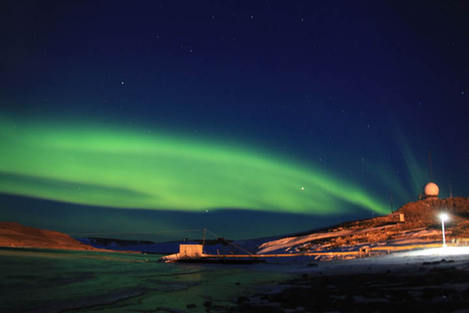THE launch in 1984 of the Xiangyanghong No. 10 marked China’s first Antarctic survey tour. As the ship was not able to break ice, it was a tough start to the country’s Antarctic explorations. But after 30 years of effort, Chinese scientists have successfully sailed from Shanghai to the Southern Hemisphere and beyond to the earth’s southernmost continent.
China has since witnessed great achievements in its scientific expeditions to the South Pole. At the time when its first research station, Great Wall, was erected on King George Island in February 1985, China was unable to build on the Antarctic continent. But by February 26, 1989, when China’s second research station, Zhongshan, was built, China had advanced into the continent.
China’s third station, Kunlun, was built in 2008 on a site about 4,087 meters above sea level and 7.3 km southwest of Dome A – an ice dome on the Antarctic Plateau notorious for its inaccessibility.
Over the past three decades, generations of Chinese scientists have taken up the challenge to explore this relatively unknown region. Their courage, wisdom and bravery have broadened humankind’s understanding of the planet earth.

On March 2, 2012, the aurora was observed from China’s Zhongshan Station.
From the Polar Circle to Dome A
The Antarctic consists of the continent of Antarctica and its island territories, which cover an area of 14 million sq km. The average annual temperature there is around -25oC, the lowest temperature sometimes dipping below -90oC. The coldest, driest, windiest place on earth, the singularity of the Antarctic’s environment provides an ideal locale for studying global climate change. Better understanding of climate variability and the process of climate change in this region enables scientists to make more accurate forecasts of changes in the global climate.
China began drawing up its Antarctic strategy in the 1960s. Upon its establishment in 1966, the State Oceanic Administration (SOA) received a mandate to “begin its work in Antarctica at the proper time.”
By the early 1980s, 16 countries had set up almost 40 year-round and 100 seasonal stations on the South Pole. China, however, was not among them.
In 1980, two Chinese scientists spent the summer research season at the Australian Antarctic Casey Station. This marked the first time Chinese experts had set foot in the region, and the start of China’s polar activities. The country’s polar research has since shifted to the fast track of development.
